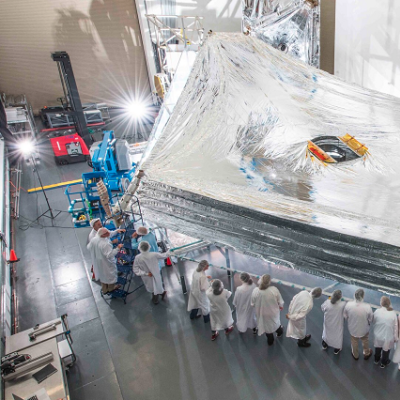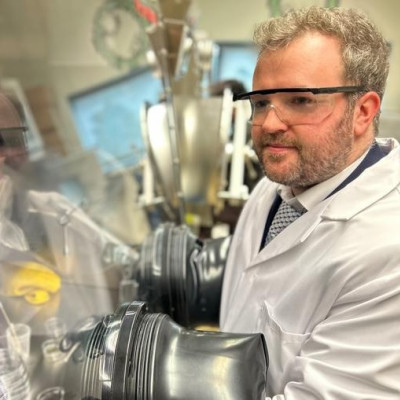Water is considered a global challenge and its shortage is becoming one of the serious concerns all over the world. In addition to concepts such as development of methods to purify water or to reduce water consumption, there are approaches to monitor water quality, which have attracted the attention of many companies due to the importance of this subject to the market of monitoring water health and sensors to evaluate the water quality.
At present, nanotechnology is developing this market to the extent that nanotechnology products have an annual market of $2 billion in the field of technologies related to water. Nanocatalysts and nanosensors are among the most important parts of nanotechnology in this field. It must be pointed out that nanosensors have a global market of about $20 million, from which a share of about 30% ($6-7 million) belongs to water monitoring sensors. Studies show that nanosensors will have a market of over $1200 million in 2021, and the share of water monitoring sensors is predicted to be about $200 million.
Numerous companies are active in this field, and they produce sensors to monitor different items. Water quality is one of the most important parameters to be constantly monitored. Among the interesting subjects for the companies in this field, mention can be made of the production of nanosensors to monitor pH value, amount of oxygen in water, microbial pollution, nitrate and phosphate ions, amount of pesticides in water, and nanosensors to determine the amount of water hardness.
Water leakage and its waste is another important issue in this field. Researchers have recently produced a sensor by using carbon nanotubes to detect water leakage in transferring pipelines. This sensor is able to constantly evaluate the leakage of water.
Production of sensors to monitor water quality all the time is an interesting target for many companies active in this field. University of Wisconsin-Milwaukee has recently established a company entitled NanoAffix Science LLC in order to commercialize the technology to produce a sensor to constantly monitor water pollution. This technology platform enables the detection of bacteria, nitrate, phosphate, and heavy metals in water. Graphene nanosheets have been used in this technology. Electrical conduction of the nanosheet changes in an encounter with a substance. The amount of change in electrical conductivity depends on the concentration of the substance and therefore, measuring the amount of change can determine the concentration of that substance in water. Field effect transistors and reduced graphene oxide have been used in the production of this sensor.
In case there are heavy metals in water, the metals stick to the surface of the reduced graphene and it changes the resistance of reduced graphene. A while ago, National Science Foundation (NSF) allocated $1.5 million for the production of water monitoring sensors. The fund has been given to University of Wisconsin-Milwaukee to develop this technology by establishing a company in private sector.
In general, water monitoring nanosensors are very attractive for companies to invest, and they have a very bright future in markets.







